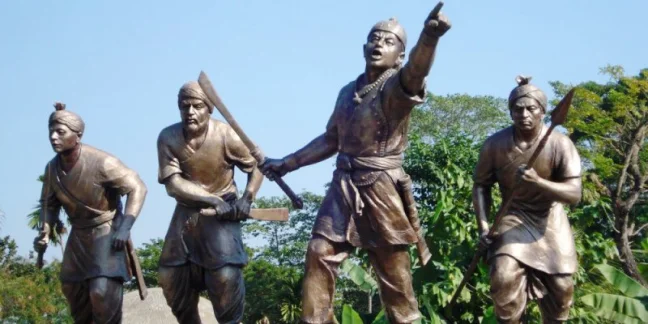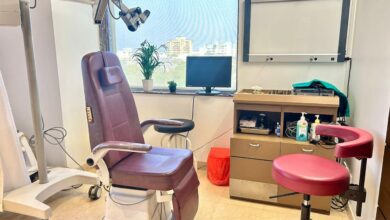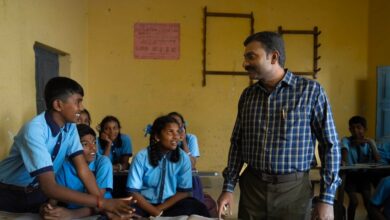
In the medieval history of India one very prominent regional power was the Ahoms in east India. They with their efficient military system and war weapons along with other factors as well able to establish a very strong kingdom which could lasted for six hundred years. Their courage and military skill was praised even by their opponents. Mir Jumla‟s chronicler, Shihabuddin Talish, who was with the general in his Assam campaign, wrote-„Every army that entered the limits of this country made its exit from the realm of Life; every caravan that set foot on this land deposited its baggage of residence in the halting place of Death‟.
Moreover, Lord William Bentinck to observe, „The fact that the ancient Government ( of the Ahoms) continued for six centuries indicated that there must be something intrinsically good in the constitution.
The rise and expansion of the Ahom kingdom and its struggles for independence against powerful enemies testify to the military skill, grit, strategy of the rulers and the people of its component parts through the ages. This presupposes a developed conceptualization of war, garnering the divergent military thinking, practices and traditions of the Tais through Siam, upper Burma and Eastern India including Koch Bihar and Kamrup. The military system of the Ahoms derived its efficiency from the maximum utilisation of all the resources of the country-its man power, its economic strength, its strategic advantages, the religious sentiments of the people and even their superstitions. They also took into account the peculiar features of hostile organizations, the strong and weak points of the enemy and moulded their war methods accordingly. The system thus developed enabled the rulers to expand a small state on the Dihing and Dikhow rivers into an extensive domination spreading from the confines of Sadiya to the river Manaha, a territory of 500 miles in length and an average of 60 miles in breath, with a fighting strength of 240,000 adult male effective.
The Ahom military system is usually described as part and parcel of the paik system, the basis of the entire socio-political organizations of the Ahoms. All adult males between the ages 16-50 (except certain specified classes like the Great Gohains, priests and high caste men) had to render compulsory service, civil and military, as was the practice among the Thais, adopted functions included manual work in different crafts like making bows, arrows, boats, houses, roads, embankment, forts etc., besides supplying articles. A family supplied one, two or three paiks, respectively termed the mul, dewal and twal in rotation and according to the urgency of the situation during war or peace. The rest looked after the needs of the family. The paiks were futher arranged by khels, which were provided with a regular gradation of officers; twenty paiks were commanded by a Bora, one hundred by Saikia, one thousand by a Hazarika, three thousand by a Phukan and the whole were under as rigid discipline as a regular army. The Ahom military organization comprised by the infantry, navy, artillery, elephantry, cavalry and spies. However, the in terms of the uses and strength cavalry came in the bottom, because of the geographical position of the region. But, their infantry, artillery and other were outstanding. Many scholars and even the mighty opposition generals had also praised the Ahoms military might. The Persian chroniclers speak very high of the technical skill and general excellence of the Assamese infantry. According to Shihabuddin Talish one of them was more than a match for ten Muslim soldiers. Ram Singh, after sustaining defeat at the battle of Sharaight, acclaimed: „Every Assamese soldier is expert in rowing boats, in shooting arrows, in digging trenches and in wielding guns and cannons. I have not seen such specimen of versality in any other part of India. The principal war weapons of the Ahoms, were originally bows and arrows spear (barchah),swords, baru (big shield), flat spear (yathi), dagger (da) and hangdang (Broadswords) The Ahoms had both defensive and offensive weapons. The defensive equipments of the Ahom soldiers include a cap (tupi) for the head, a thick skin jacket and two kinds of revolving shields small (dhal) and the other, bigger (baru) made up of buffalo skin. On the other hand primary offensive weapons include bows and arrows, spears or barchah swords of different kind, shields, flat spears called yathi, dagger and hangdangs. The variety of daggers used by the Ahom soldiers were Mitda, Nadoika, Koida, Mesi da and axe was also used for the close combat. The Ahom soldiers were skilled in using these weapons and accurate in their strikes. Although these weapon some what inferior to those of the Mughal soldiers, still moral strength could fill the void up against the enemy In the medieval times of Indian history artillery had played a major role in the war. Like wise, the artillery, both light and heavy, formed the special arms of the Ahoms. The artillery officer was known as Hiladari Kowar under Hiladari Phukan and the younger, Bhitarual Hilaidari Kowars under Hiladari Barua. But a controversy arises regarding time period of the introduction of the artillery in the Ahom army because exact date is absent in the Buranjis. A common weapon used in the medieval period in India was the elephants as a lethal weapon against the enemy. A very sharp dagger was used to tight with the teeth of the elephants to not only to break the forts but also to kill. The Ahoms took particular care of the elephantry which was palced under the supervision of an officer called Hati Barua. A section of the Moran tribe, called Hati Chunga, was to supply elephants to the state Elephants were used to break through forts and palisades and in traversing thick jungles, thus clearing an avenue for the infantry to pass through. The Baharistahn-i-Ghaibi speaks of the thatari or gardun, a kind of big wheel or chariot, under the cover of which the Assamese elephanrty attacked the Mughal forts.
The forts had played a major role as a very important war weapons for the Ahoms, especially against the Mughal. Moreover, the hills of Assam offered ready made sites for fortifications and strengthend the defensive potential of their forts and ramparts. Compare able to fortifications on land there were wooden fortifications on water also, probably unique in India. Long sal wood pillars were implanted in deep water bound with iron and stone boulders.
The Ahoms used to make forts inaccessible to the enemy by interposing impediments of different kinds, hedges of trees, bamboos and prickly thorns.
Rashid khan lieutant of Ram singh observed: Forts have been constructed by the Ahoms on the tops of hills, and the outlying plains are also too narrow for the purpose of an open engagement. It is for this reason that the Assamese had provided invincible in their wars against foreigners. The fortifications are intricate and complex, and to each fort there are three passages. The enemy is beyond the reach of our heavy artillery; there is no opportunity for fighting with arrows and guns. Their ministers, commanders and infantry are all to be admired for having constructed such an impregnable defense
Another very unique and tricky weapons used by the Ahoms in warfare were, the flooding the land and blockades. These methods played its destructive role against the Muslims. When Mirza Nathan was encamping at Minari about 2.5 miles South of Haligaon, Shomaru had a big fortification set up opposite the Mughals. With the co-operation of the hill chiefs, he had the interior of the Mughals forts and its environs flooded by knee-deep or horse-chest deep water by draining out some hill streams during night, putting the Mughal to a sad predicament. The Ahoms did the same for the forces of Mir Jumla during the rainy session of 1662. Further, the guerrilla warfare was very significant technique. The Muslim historians mentioned „The Assamese from their hiding position at once attacked the Mughals and annihilated them. This betrayal was avenged by a Mughal soldier by chopping off the head of the Assamese guide‟.22 „They would only come out of their forts at night and fall on the enemies unnoticed; invest them if they could and in the event of their repulse they would hurry back to their retreats. By thee tactics they nearly succeeded in thwarting the activities of Mir Jumla‟s army. Finally, some additional war technique also helped them in warfare like; the food menu and the psychological war technique. The food menu of an Assamese soldier was extremely simple. He had in his kit a bag of specially prepared raw rice, soaked in water komal chaul as it called-and he thrust morsels into his mouth from time to time and there by satisfied his alimentary need. The Ahoms used to take psychological advantages by delaying in advance. It was the traditional custom of the Ahoms to resort to delaying tacties that was really deception. The consequential delay enabled Lachit to complete his preparations and slow down Mughal advance. The most palpable deception was committed by the Ahoms in the war with Turbak.
Conclusion: The Ahoms, who had occupied an unknown land and ruled for six hundred years with pride shows their military capability and sprit. S.K. Bhuyan observed that; „the Assamese soldiers was the master of variety of activities which he acquired as a cultivator and a householder. Erection of hedge fencing, rowing, swimming, digging and house construction constituted the normal occupation of an Assamese cultivator and this varied knowledge was brought to bear upon his military career.‟ The Ahom kings, commanders and soldiers have provided a legacy of pride on which every citizen of Assam fell proud. They have been aptly praised by Ram Singha- “Every Assamese soldier is an expert in rowing boats, in shooting arrows, in digging trenches and in wielding muskets and guns. I have not seen such specimens of versatility in any other part of India.
Source – Devnies K & Smith R. (2007): Weapons and warfare, An illustrated History of their impact, Medieval weapons; California. Bhuyan S.K (1965): Studies in the History of Assam, Guwahati, Fighting prowess of Assamese pepole-Bharat chandra Kalita (1985)
This article is written by Dhawaj.



